
OR
Rasuwagadhi Hydropower faces problem in tailrace tunnel digging
Published On: February 11, 2020 09:00 AM NPT By: Republica | @RepublicaNepal
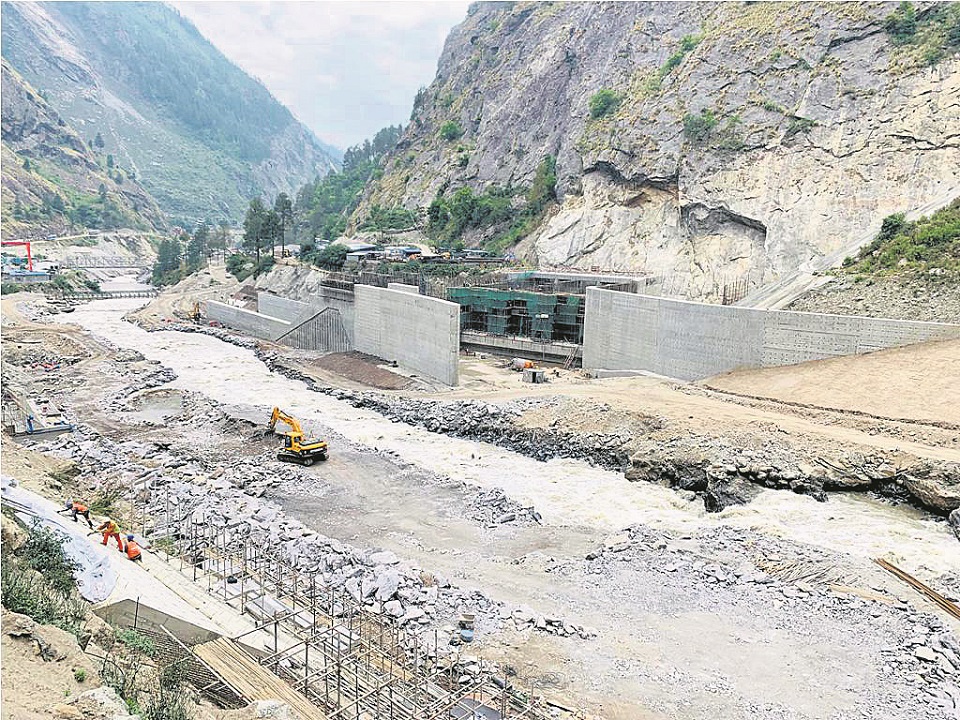
RASUWA, Feb 11: The under-construction Rasuwgadhi Hydropower Project in Rasuwa has faced a problem in digging of tailrace tunnel due to weak geological conditions.
Of the total 660 meters, weak geological condition has affected tunnel digging work in about 70-meters section, according to the project office. "Weak geological conditions have slowed our work progress. It will now take six months to complete the tailrace tunnel," an official of the project said.
Works in dam site and surge shaft area has also been affected due to security reasons. According to the project office, work in dam site was affected for nearly six months due to the landslide in June last year.
The project work has also been affected due to coronavirus outbreak in China. According to Chhabi Gaire, chief of the project, only around 100 Chinese workers are at the project site these days. "Before the outbreak, we had about 200 Chinese works. The workers, who returned home for New Year celebration, have not returned," he added.
The project based in Timure of Gosainkunda Rural Municipality-2 has achieved 75% work progress. The tailrace tunnel is being built by the project's civil contractor China International Water and Electronic Corporation (CWE).
The construction of 111-megawatt project started in 2014. As per the construction schedule, the project had to be completed by August, 2017. But the 2015 earthquakes and numerous floods and landslides affected the project.
The plant will generate 613.87 GWh of energy annually and will earn Rs 12.5 million per day.
The project is estimated to cost Rs 13.68 billion. Chilime Hydropower Company Limited, a subsidiary of Nepal Electricity Authority (NEA), holds 33% stake in Rasuwagadhi Hydropower Company Limited. Likewise, depositors of Employment Provident Fund own 19% of shares, while NEA employees and general public hold 18% and 15% of the shares, respectively. Locals of the project-affected area own 10% of the shares, while employees of promoter company and lender organizations own 3.5% and 1.5% of the shares, respectively.
You May Like This
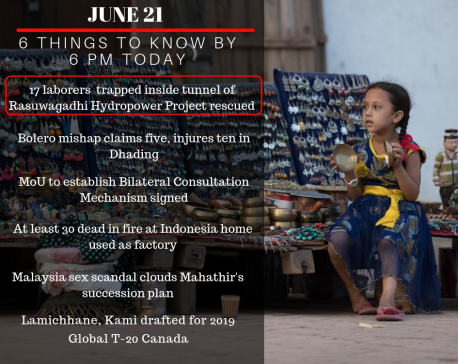
June 21: 6 things to know by 6 PM
Your daily dose of missed important news of the day. ... Read More...
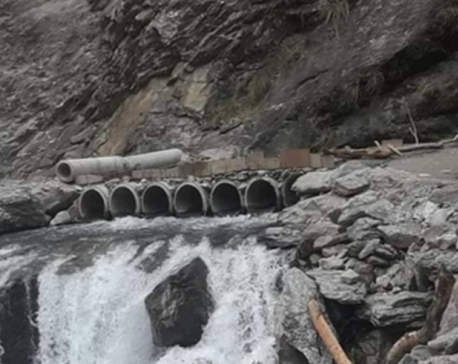
17 laborers including six Chinese trapped inside tunnel of Rasuwagadhi Hydropower Project rescued
KATHMANDU, June 21: Seventeen workers trapped inside the tunnel of under-construction Rasuwagadhi Hydropower Project were rescued alive on Friday morning,... Read More...
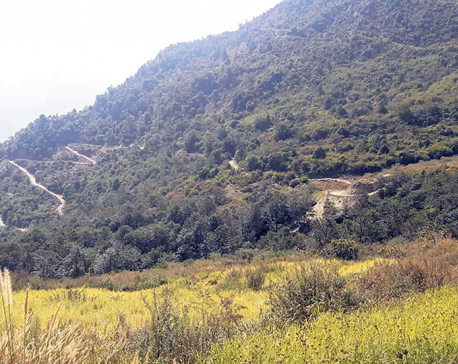
Rasugadhi Hydropower Project builds road to Thuman village
DHUNCHE, Dec 13: Rasuwagadhi Hydropower Project, which is in under construction at Timure in Gosaikunda Rural Municipality-2, has completed construction... Read More...







Just In
- Karnali: Maoist Center’s Pariyar appointed as minister without portfolio
- Illam by-election: Nepal-India border to be 'sealed' from midnight today
- Gold price rises by Rs 500 per tola
- Emir of Qatar returns home after wrapping up state visit to Nepal
- Senate passes bill forcing TikTok’s parent company to sell or face ban, sends to Biden for signature
- PM Dahal hosts luncheon in honor of Qatari Emir
- Tata Sumo accident in Kavre leaves 10 injured, three in critical condition
- West Indies ‘A’ cricket team arrives in Nepal



_20240423174443.jpg)




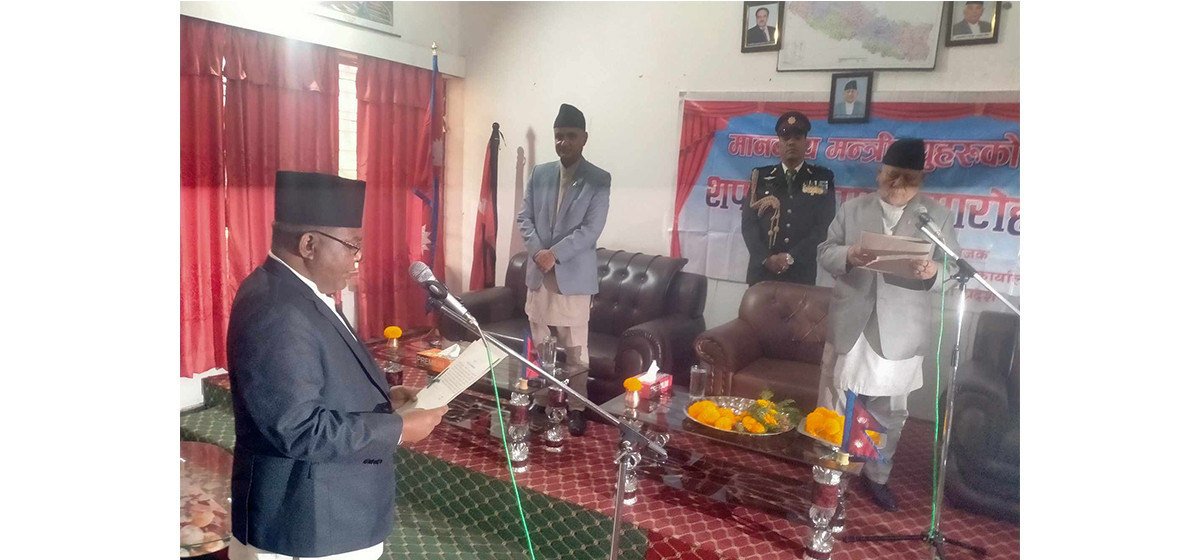



Leave A Comment